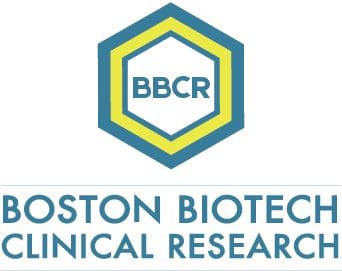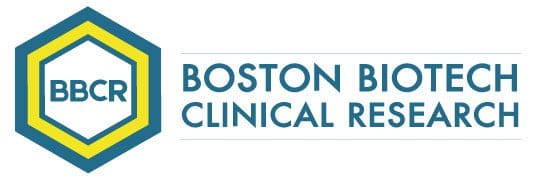Mistakes made with the first interactions with the FDA are on record for your product’s life.
I’m sure you’ve heard about “opportunity cost” when it comes to business, and life in general. Meaning, every choice you make has an opportunity cost attached to it because you’re paying some sort of price for NOT doing something.
For example, let’s say someone invites you to a dinner party. You decline the invitation because you have other plans. Now, if you had gone to this dinner party, you might have met a new client or made new connections that would have brought in more business for you with little effort. So the cost of that decision is equal to the total revenue that you missed for not making those connections.
I know this can be tricky to figure out, but it’s one way to determine whether something is worth doing or not. Of course, you can’t put an exact dollar amount on everything, but you CAN get a ballpark idea of what opportunities exist behind the door of a decision.
Knowing the true cost of missed opportunities can help you make better decisions while planning to submit you PRE-IND or IND meeting request.
Here are three example of making the wrong first contact with the FDA:
- An IND meeting request was submitted to the FDA Division of Transplant and Ophthalmology Products (DTOP) instead of to the Division of Anti-Infective Products (DAIP). The FDA notified the inappropriateness of the request. It is good practice to consult with experts in order to avoid making mistakes that annoy the agency and leave a negative impact on the your product file forever.
- A device company submitted for a clearance to market device via a 510K substantially equivalent to predicate. The company received an FDA letter assessing the selected predicate device as not equivalent to the company device. A new submission was needed for a De Novo 510K no predicate.
Mistakes of this kind could have been avoided if an experienced consultant was involved. Building an early reputation of knowledge with the agency is beneficial for the long-term relationship. - Often, the development plan for rare and ultra rare indication includes a placebo arm in the pivotal trial. Other times, the selected primary endpoint of the pivotal trial is a clinical endpoint. These are only a couple of dangerous choices for a rare and/or ultra rare disease clinical plan. Indeed, it is well known that there is NOT a correlation between genotype and phenotype in these genetic diseases. Thus, the phenotypic variability in a small population is not less that in any other healthy or disease population.
Rare disease drug development requires some knowledge and experience that is NOT intuitive or deductible from large population drug development experience. Thus, looking for an Rare disease drug development expert both in regulatory and medical affair is highly recommended.

Specializing in rare disease, Boston Biotech Clinical Research works with biotech, pharmaceutical, device companies and investors to streamline the clinical trial process. Our experienced team helps each client reach their specific goals by customizing a clinical and regulatory road map of simplified programs and streamlined protocols to meet our clients’ requirements.

